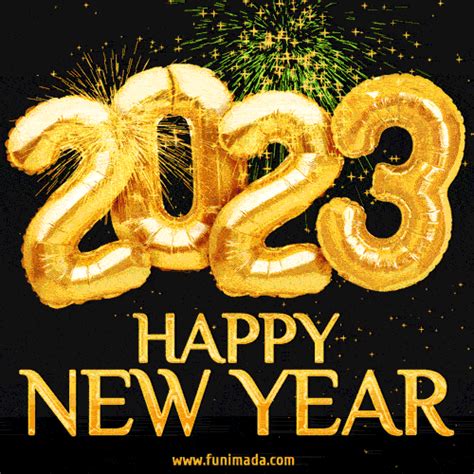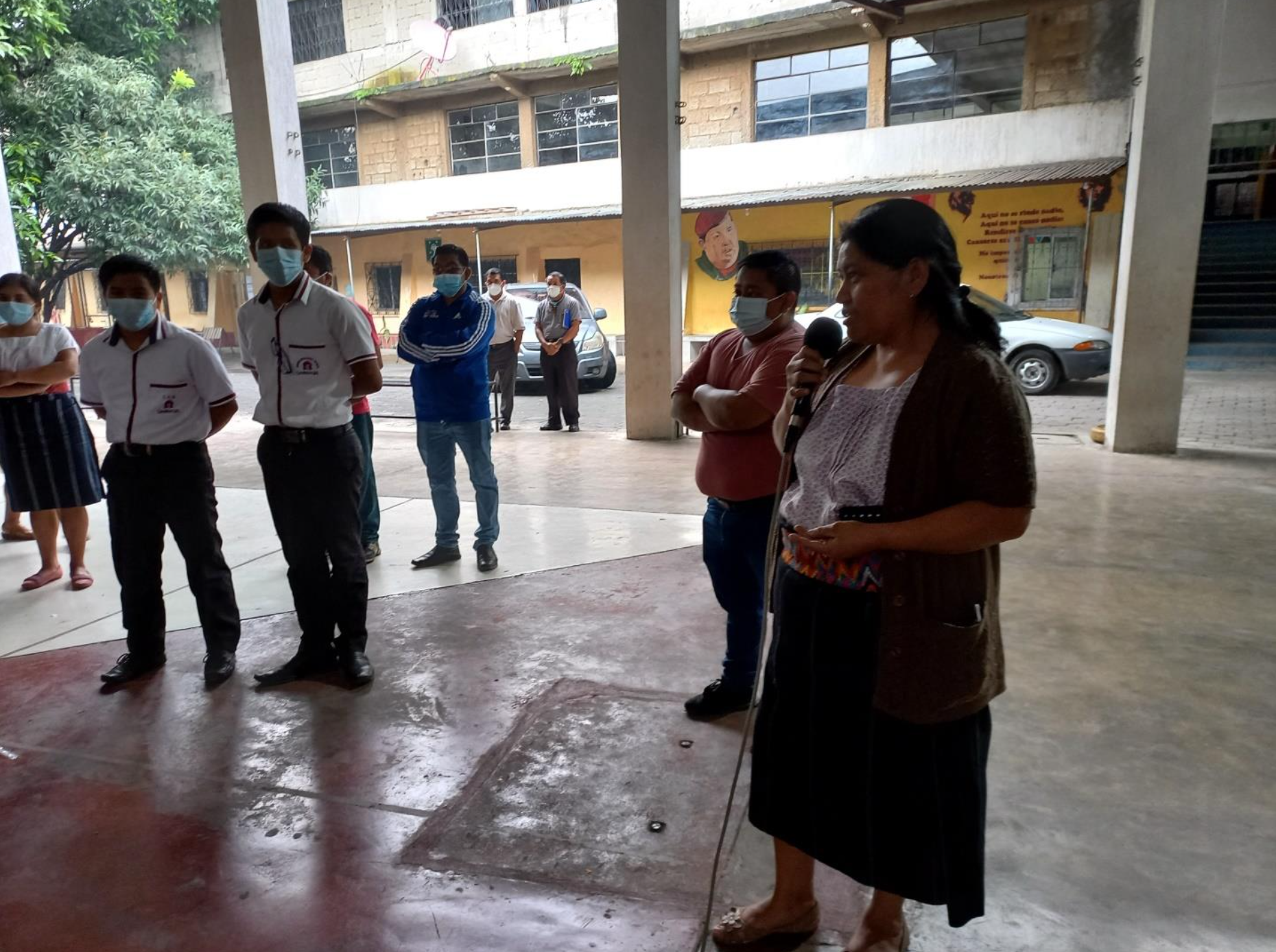
1 Ak’b’al 16 K’ank’in (January 1, 2023)
Renewing Time: Poqomam Students Inscribe the Maya Calendar in Palín, Guatemala.
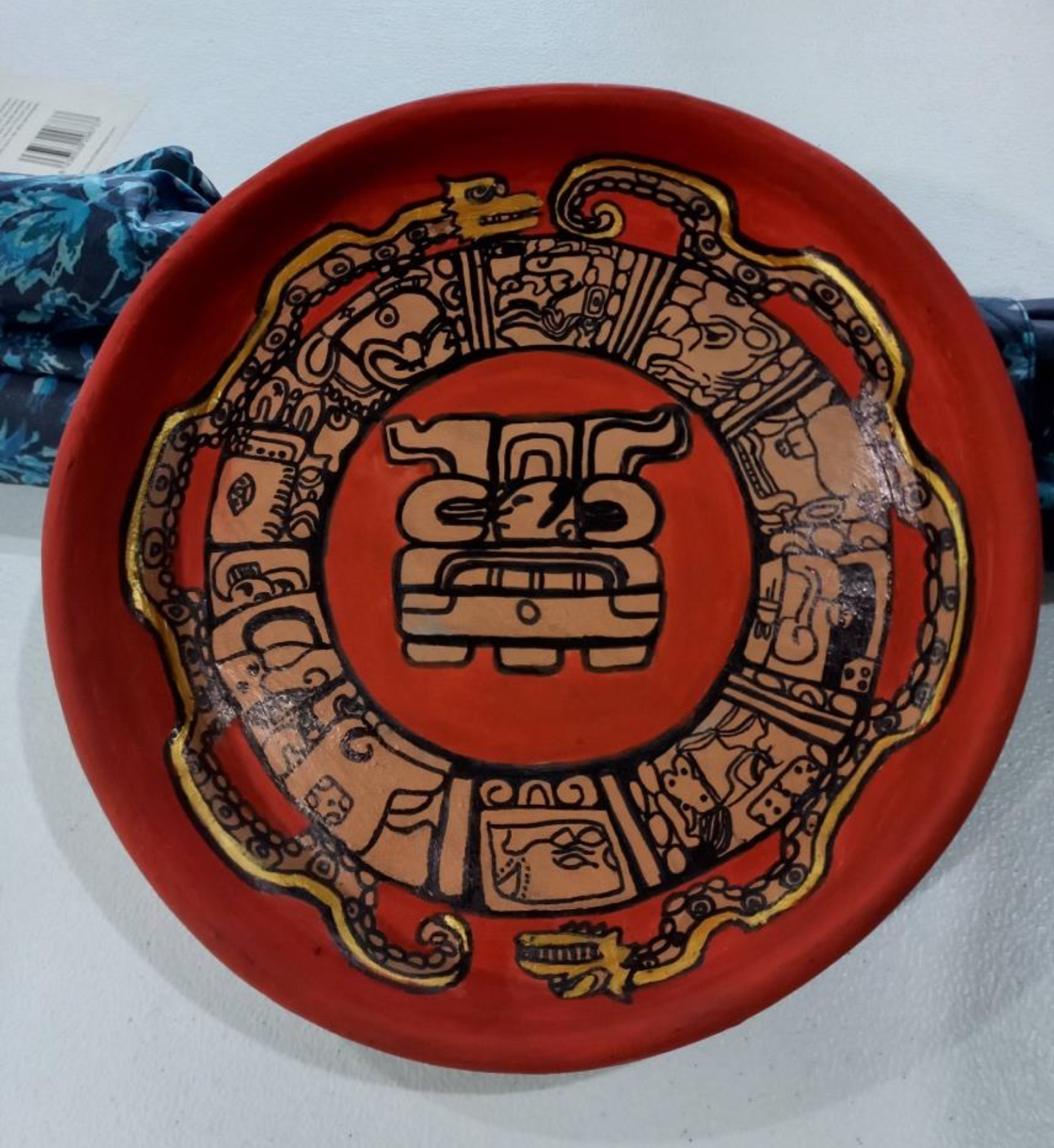
A beautiful Initial Series inscription from a student in the workshop in Palín
As this Gregorian year comes to an end and another begins, we are reminded of all of the work we have done this past year, resuming our face-to-face workshops, and we think ahead to the coming year when we look forward to sponsoring the next Congreso. It will have been five long years since the last Congreso in Huehuetenango in 2018, since the pandemic intervened in the previous schedule of holding Congresos every two years. It will be an exciting year to come, and we will keep you all updated as we hear more from our Maya colleagues about where and when the next Congreso will be held.
This month, we hear from Waykan Benito who, together with Tojin Benito, worked with a large group of 79 Poqomam students from the Centro Educacional Bilingüe Qawinaqel this past August in Palín, Escuintla, Guatemala. The students learned to inscribe ceramics with their birth dates using the Maya Long Count, Haab, and Tzolk’in calendars.
From all of us at MAM, we wish all of you a very Happy New Year!
Tiyoox tii,
Michael J. Grofe, President
MAM
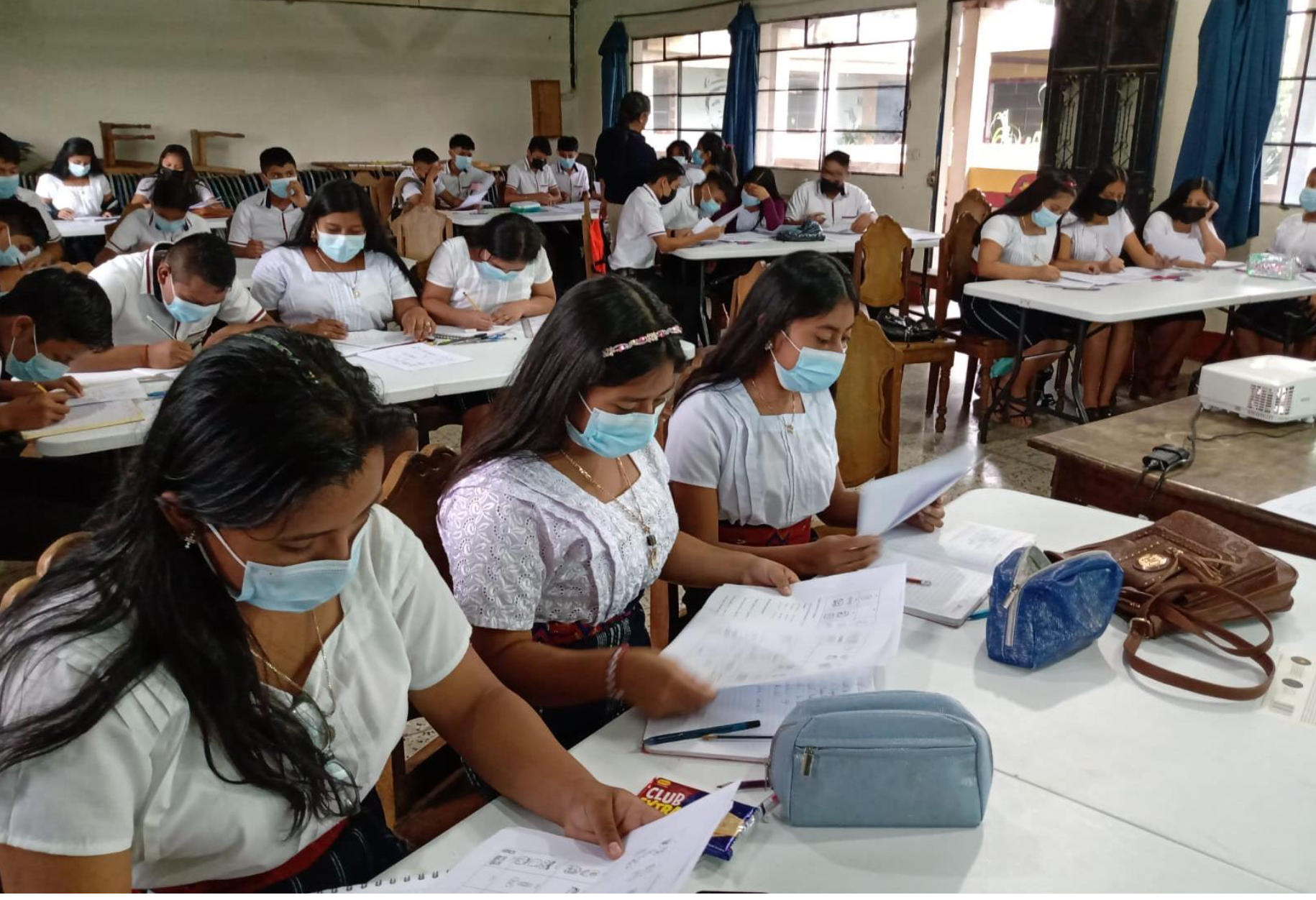
Waykan presenting content to the group
Beginner Maya Epigraphy Course
Centro Educacional Bilingüe Qawinaqel
Palín, Escuintla
Workshop Report
I hereby send, on behalf of all the participants, my thanks to MAM for the help provided to carry out the Epigraphy Workshop with students from the Qawinaqel Bilingual Educational Center in Palín, Escuintla. On this occasion, they also had the support of the Poqomam Linguistic Community and the Poqomam Qawinaqel Cultural Association, both institutions based in Palín.
The group of students was made up of 79 third graders in its two sections A and B. This number of students was divided into two groups, one of 38 and the other of 41 students. The criteria used was the use of the Mayan language. The first group was made up of students who have the Mayan language as their mother tongue, and the second group was made up of students who have Spanish as their mother tongue. A total of 16 hours were worked with each group These were divided into 4 days in the last two weeks of August.
The activity in general also had the collaboration of the Poqomam Linguistic Community of the Academy of Mayan Languages of Guatemala who lent projection equipment (projector and screen) and audio (microphone and speakers) for a group. The Poqomam Qawinaqel Association provided the two workspaces used, the class schedule with the basic level grades, as well as projection and audio equipment for the other group.
During the classes the following contents were covered:
1. Historical context: The course began with general information about the territory and the study periods of the Mayan civilization. The map of Mesoamerica was shown with the locations of the ancient cities according to the period (Preclassic, Classic and Postclassic). The differences in architecture and writing in some monuments were noted.
2. The writing system: Information on the beginnings of the writing system was presented, and exercises were carried out to note the relationship between the iconography and some symbols used in the system in early texts (such as the Dumbarton Oaks Jade Plaque). Subsequently, the symbology of the system, logograms and syllables, its rules of use and the possible combinations that can be used when writing, were revealed. The syllabary was presented, and exercises were performed to use it by writing various words in Poqom.
3. The parts of a text written with glyphs: The structure of formal texts was revealed using the Initial Series Introductory Glyph (ISIG) with its corresponding glyphs for the date of the haab, the long count, the sacred calendar and the solar calendar. Each of the three main calendars mentioned was presented with its corresponding explanation, then exercises were carried out to identify ancient dates with specific texts, beginning with the preparation of a personal text and taking into account a date chosen by each student.
4. The event, the subject and the place: As the final part of the content, the rest of the structure of a formal text was presented. In this part, it was explained that after the date is presented, the event that is intended to be reported, as well as the participants and where the event takes place, are given. The verb mentions the event held on the chosen date, and then the inclusion of the subject, was explained. In this last part there were some inconveniences when writing the name of some participants since the phonology of their names in Spanish did not adapt to the phonology of the Mayan system, in several cases the corresponding sound adaptations were made and some opted for the form in Poqom when it was possible to find. The final part of the formal text was the use of the emblem glyph, for which the emblem that was developed in the last workshop with the Qawinaqel students was used.
5. As final work, each participant completed their text on paper, according to the date they had selected, and submitted it for review and correction. Subsequently, the text was transferred to the surface of the ceramic piece that had been provided, the progress of the work was presented in the last session, and the final touches were given (colors, filling in empty spaces). To finalize the process, a small exhibition of the work in general was held in one of the rooms of the Qawinaqel Association.
The workshop process was carried out satisfactorily and successfully, since the participants managed to incorporate the contents and, when carrying out their writing tasks, demonstrated their interests and their own artistic abilities. Once again, I thank you on behalf of everyone for the collaboration and I hope that in the future the work on teaching ancient Mayan writing can continue to be strengthened.
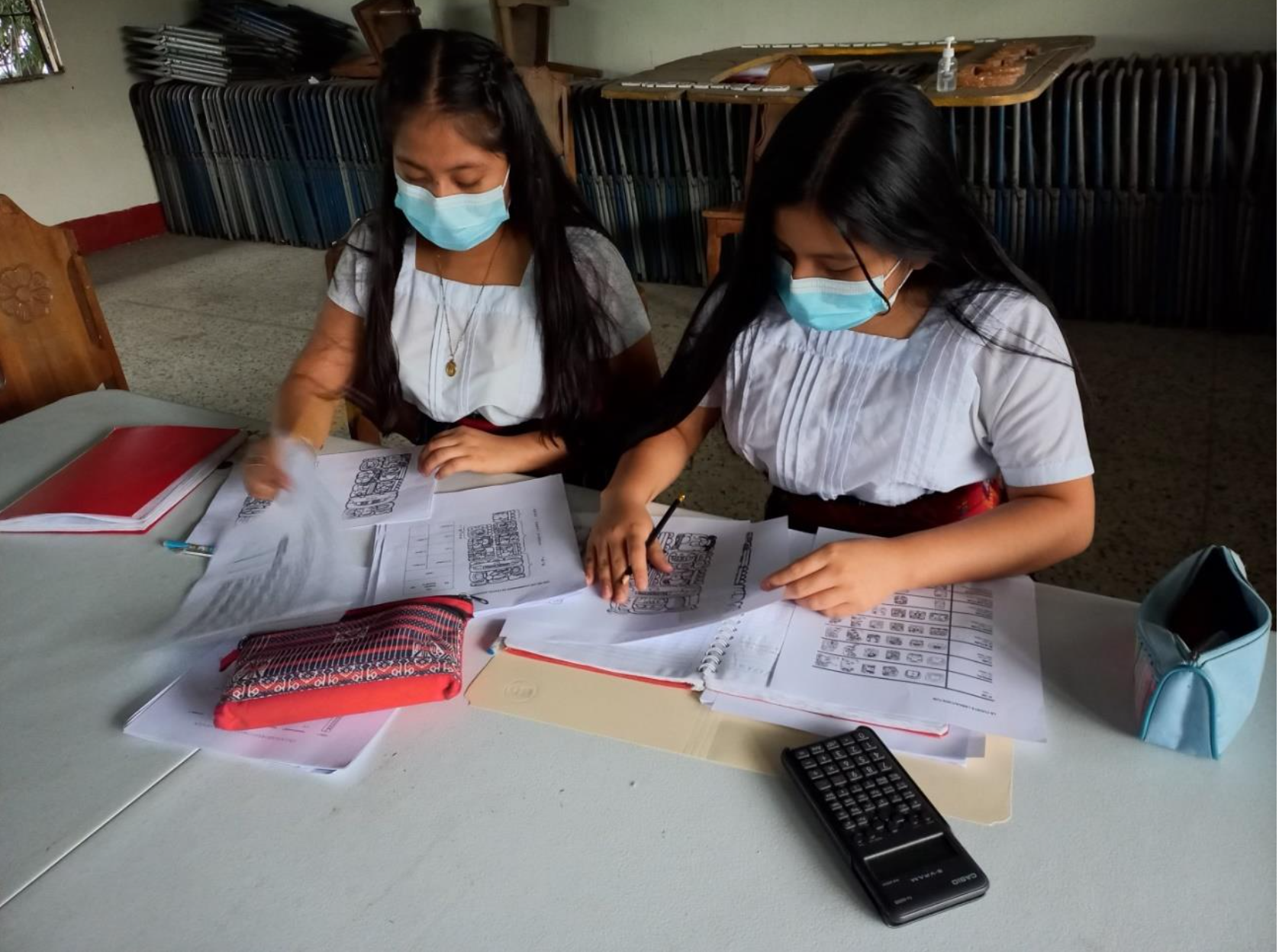
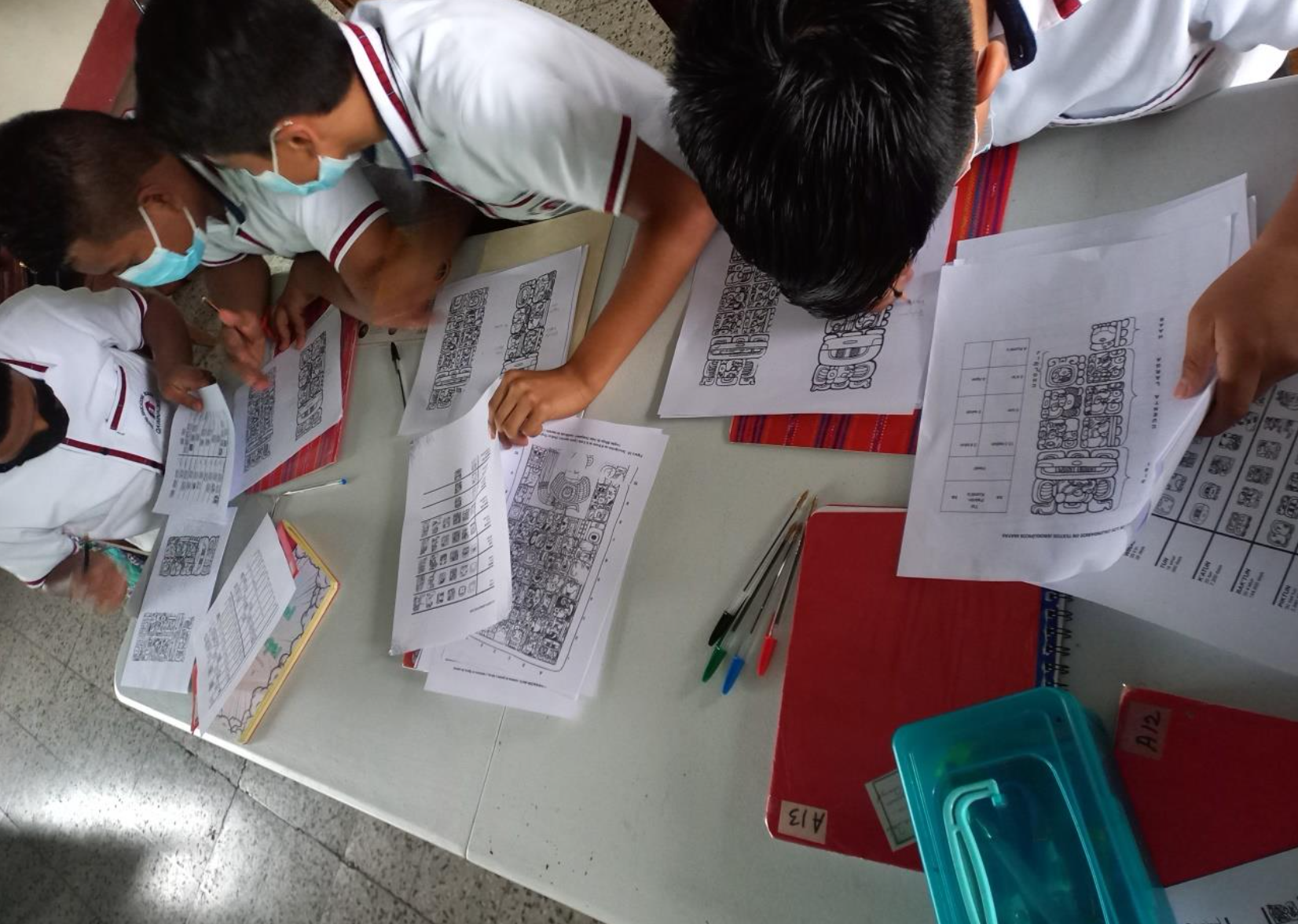
Groups working with the calendar

Text on paper is transferred to ceramics


Giving the final touches to ceramic work
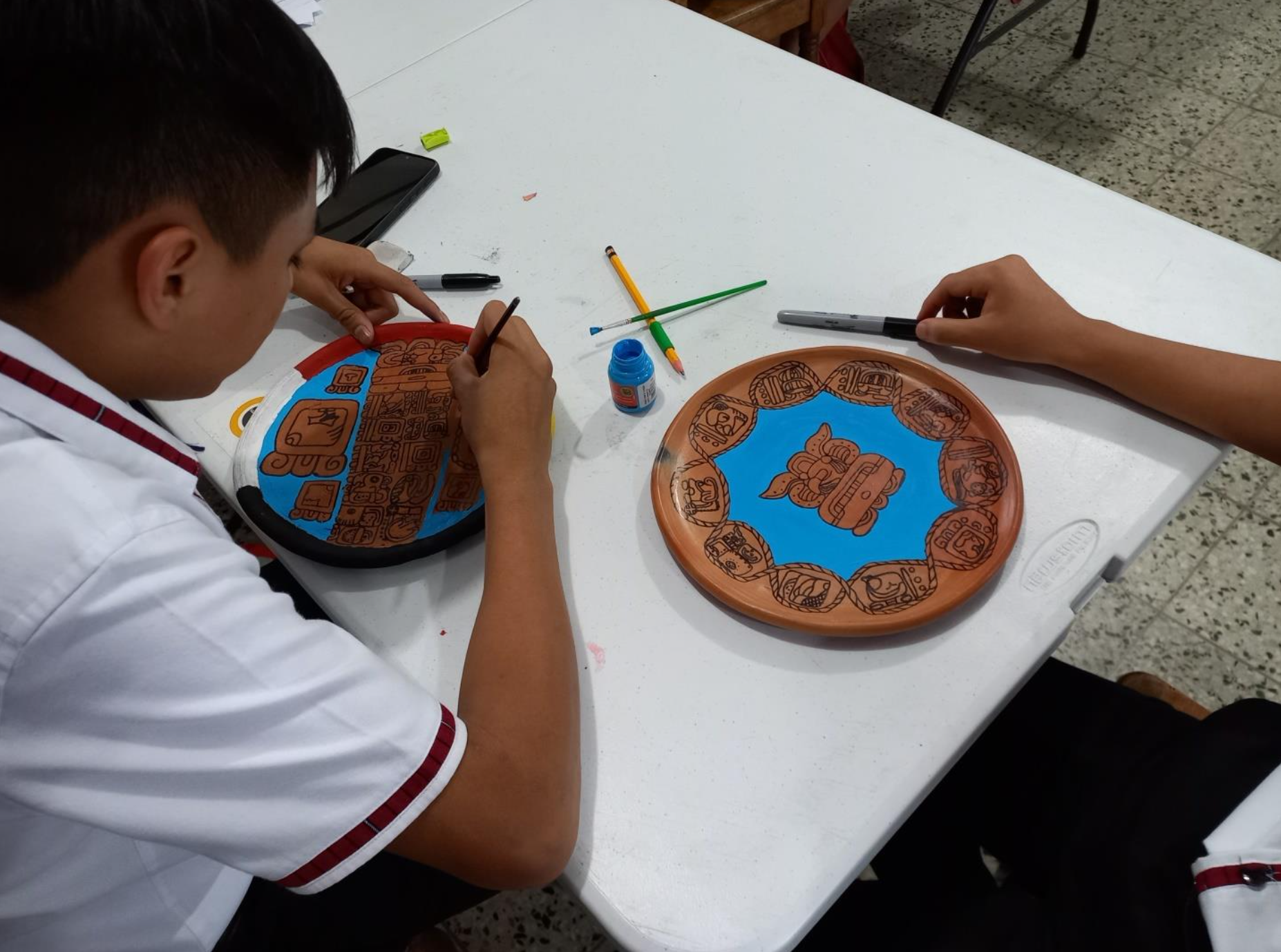
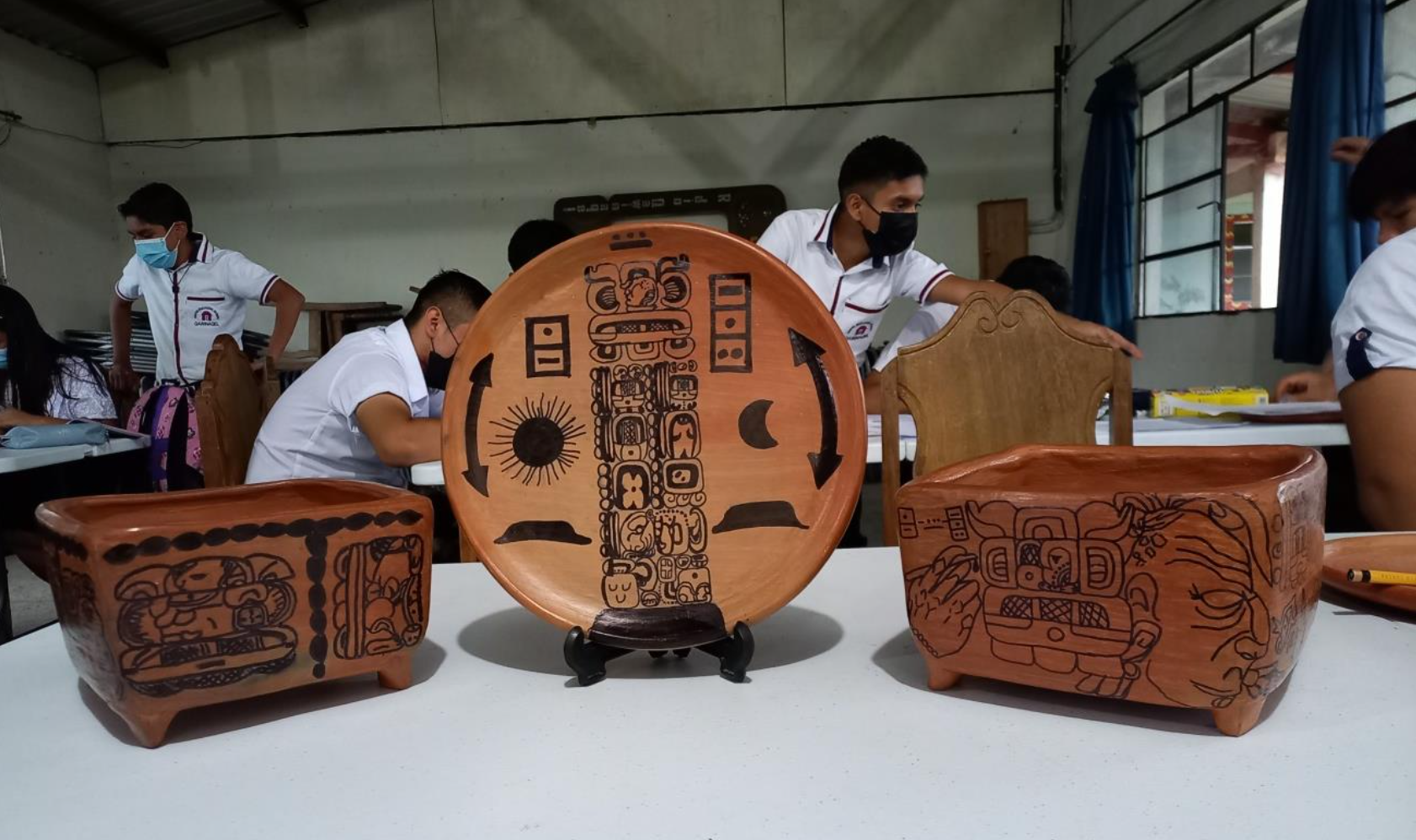
Some of the students’ finished work

The facilitators of the workshop: Tajin Benito and Waykan Benito
Professor Teresa Raguay closing the Epigraphy course 2022

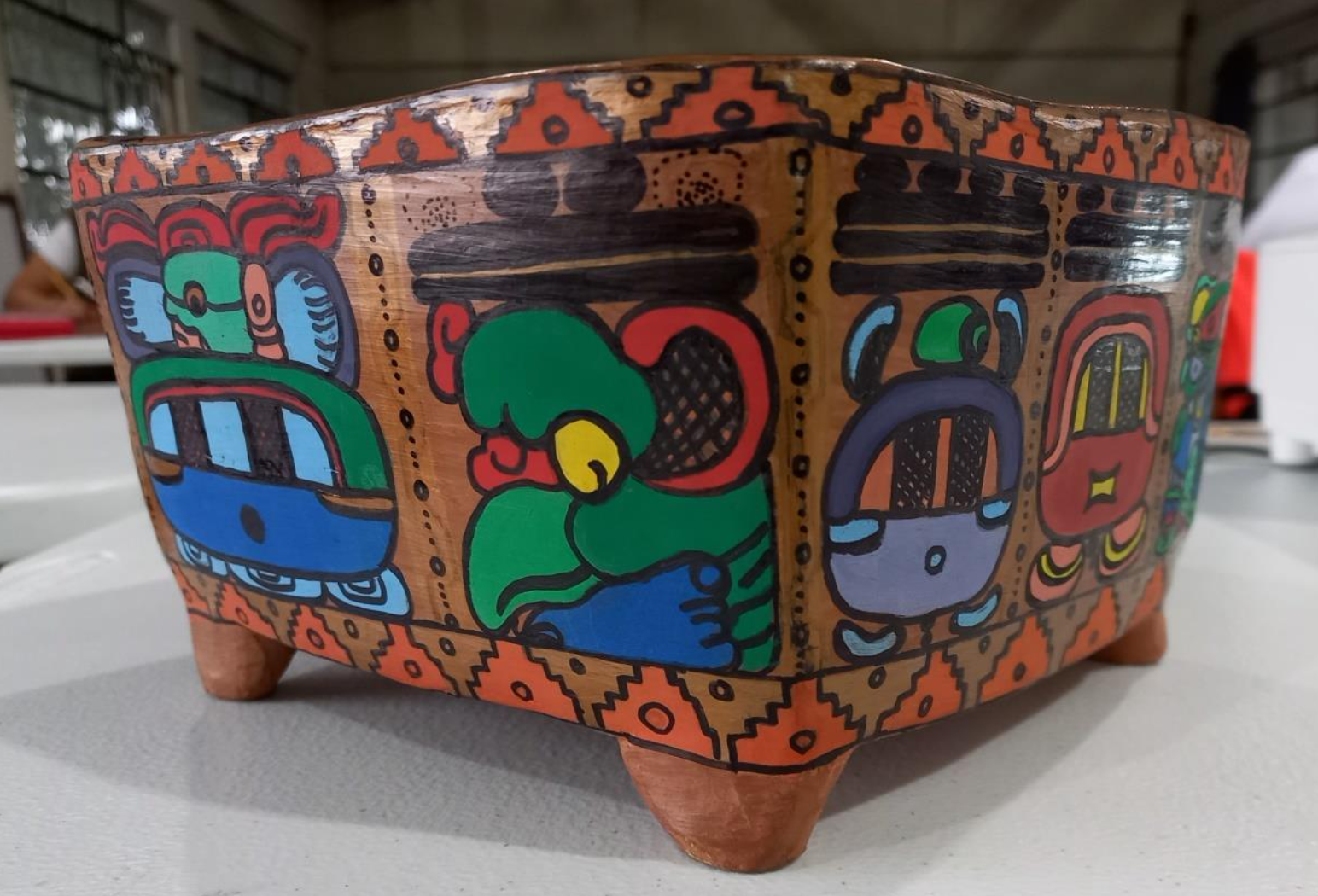
The finished work of Ix Mayleni (Marleny)
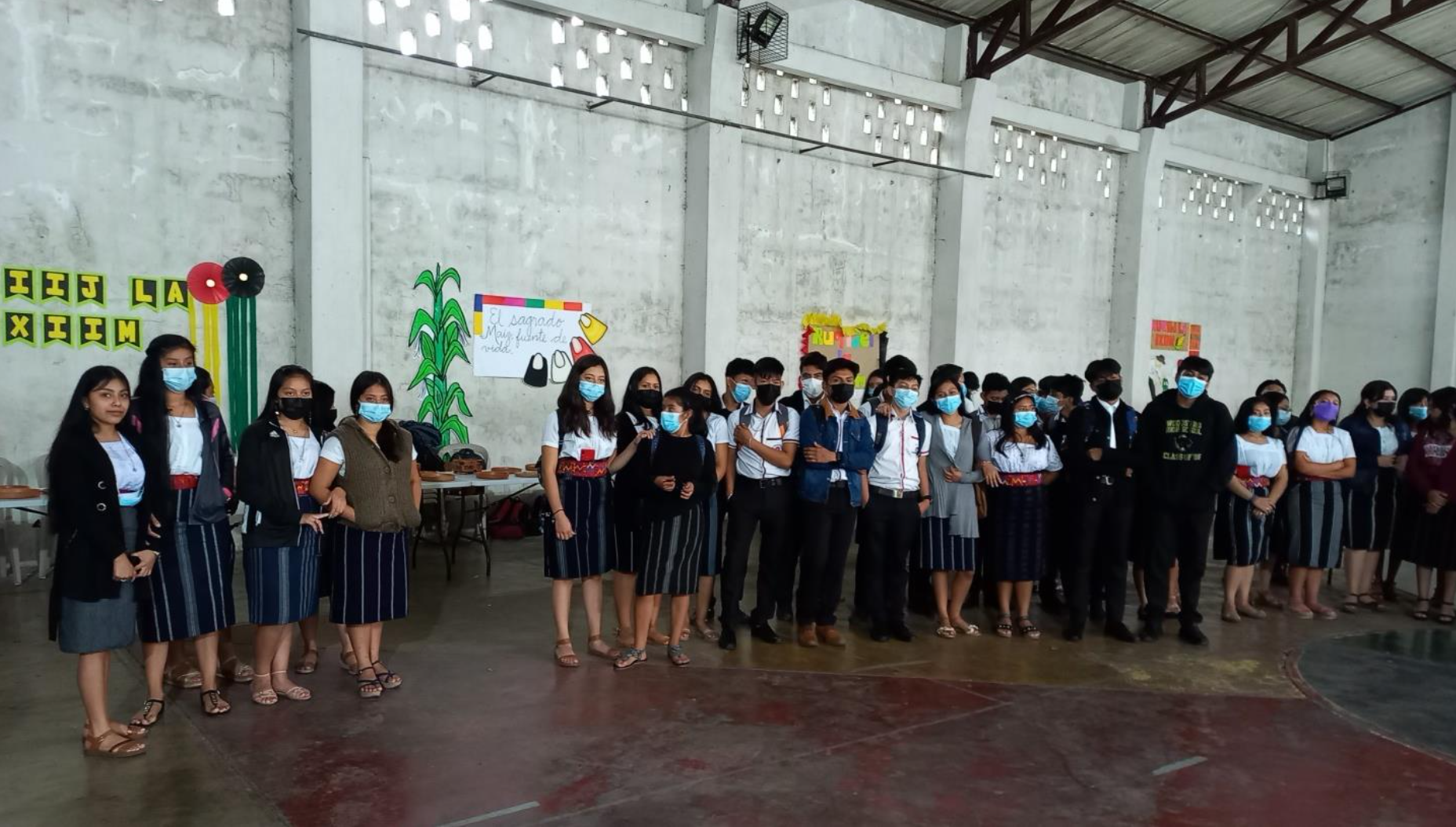
The students of the Qawinaqel Bilingual Educational Center
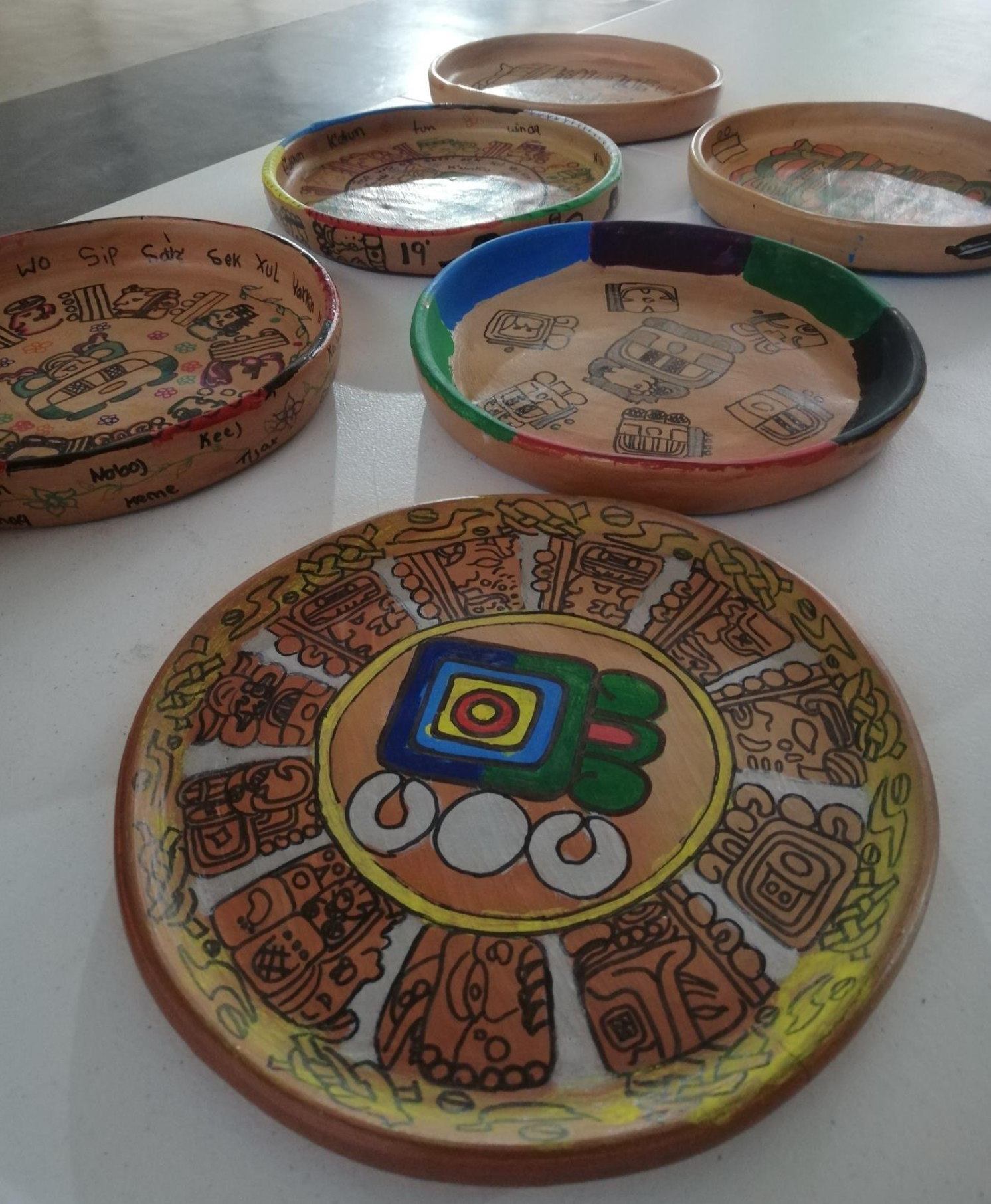
Exposition of finished work

